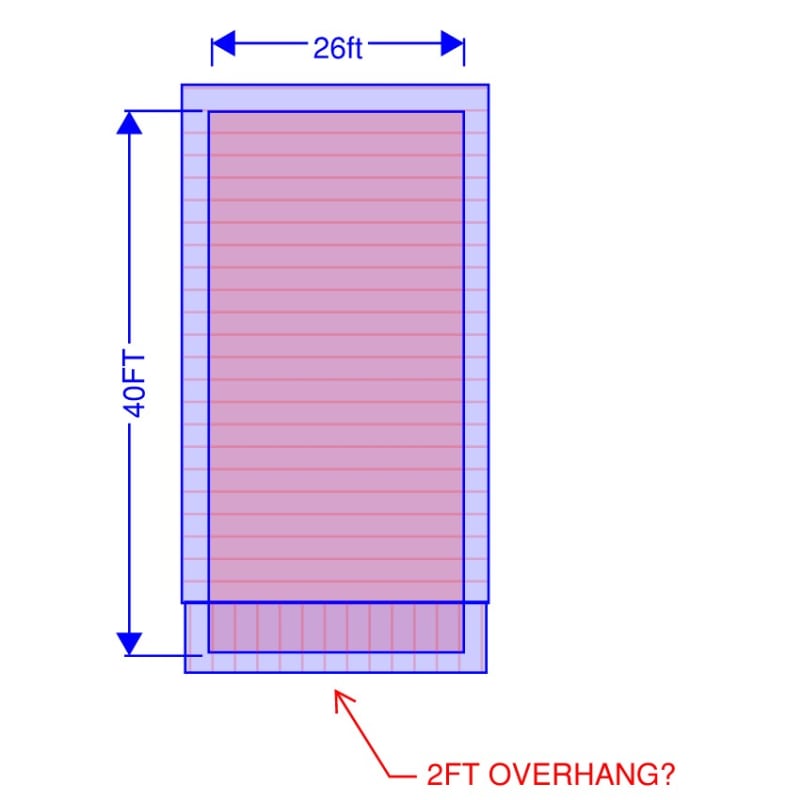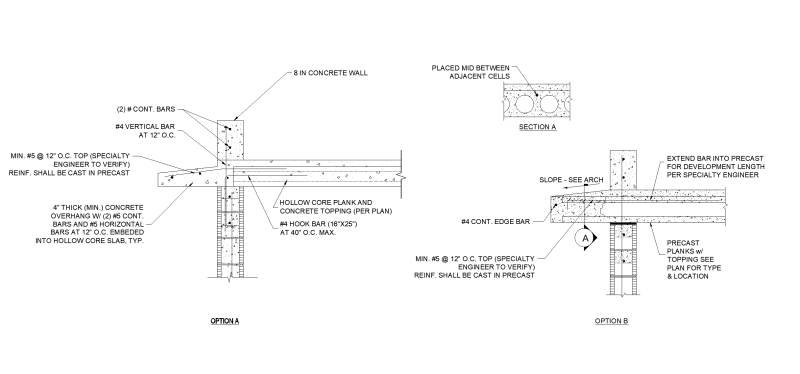Juanchoganda
Structural
- Jul 19, 2022
- 8
I need to design a concrete roof structure for a residence in South Florida. The dimensions are 26ft x 40 ft, and I'm trying to get some opinions on the most economical option. With a cast-in-place option I'm using intermediate beams running the short direction to act as joists, with the HC planks this would be eliminated but would this be a cheaper build, and also do I need specific requirements to prevent water leaking?


